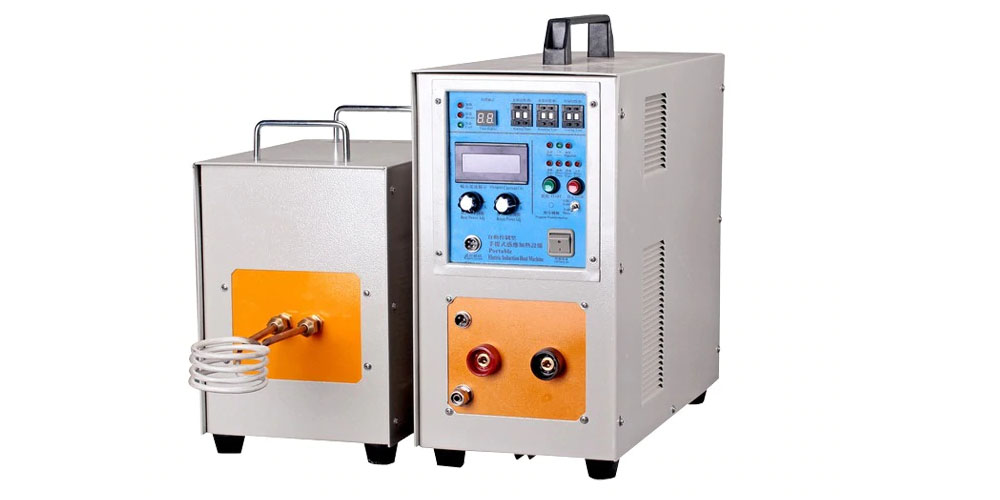If you want to melt metal, you will first find a way to apply a lot of heat. You can do it in a foundry or using a torch. If you opt for a foundry, the metal will be melted into the liquid form before it is molded back into whichever shape you want. In contrast, a torch melts through metal, cutting it into various shapes. This article focuses on the process of using a metal melting furnace.
Step 1: Factors to Consider Before Melting Metal in a Furnace
Before melting metal in a furnace, you need to factor in various considerations. Think about the following questions:
- Which metal do you want to melt, and what is the melting point?
- What is the quantity of the metal to be melted?
- Is installing and operating the furnace economical?
- Which environment and disposal requirements should you consider?
Step 2: Select the Most Suitable Furnace to Use
The next step would be choosing the right furnace technology to use. Foundries require furnaces that can melt metal alloys and additives in a wide variety of qualities.
Here are four ways you can melt metal in a furnace:
a. Using an Induction Furnace
These types of furnaces use induction technology with AC to reach the required temperatures that melt the metal. Induction furnaces are high-quality, energy-efficient, and easy to use. Additionally, they can melt any quantity of metal up to 100 tons.
b. Using a crucible Furnace to Melt Your Metal
Crucible furnaces are manufactured using refractory materials, such as ceramics because they must withstand higher temperatures. A crucible is placed above a heat source with the metal inside and heated until the metal’s melting point is achieved.
These crucibles come in a wide variety of designs and sizes. There are fixed, movable, and tiltable crucible furnaces. Accordingly, you can choose between resistance-heated and fuel-heated crucible furnaces.
c. Using a Cupola Furnace
Cupola furnaces have been used to melt metals for ages. They are designed with a high, cylindrical-shaped chimney lined with clay, bricks, and blocks to protect the furnace’s interior from oxidation, abrasion, and high temperatures.
Various layers of coke, limestone, and ferroalloys are added to the furnace for melting metal, followed by the metal. This results in a chemical reaction that forces impurities to float on the metal surface.
Practically, very few foundries use this method to melt metal because there are many energy-efficient alternatives.
d. Using an Electric Arc Furnace
As the name suggests, an electric arc furnace is an electric furnace where an electric arc is used to produce the heat needed to melt metals. Until now, carbon electrodes have been used in these furnaces. Practically, electric arc furnaces are only used to melt steel scrap used to manufacture new items.
Final words
The process of melting metal in a furnace depends on your choice of furnace. As shown in this blog post, there are four types of furnaces to choose from. Your decision should be based on several factors, including the quality and energy-efficiency of the furnace.


